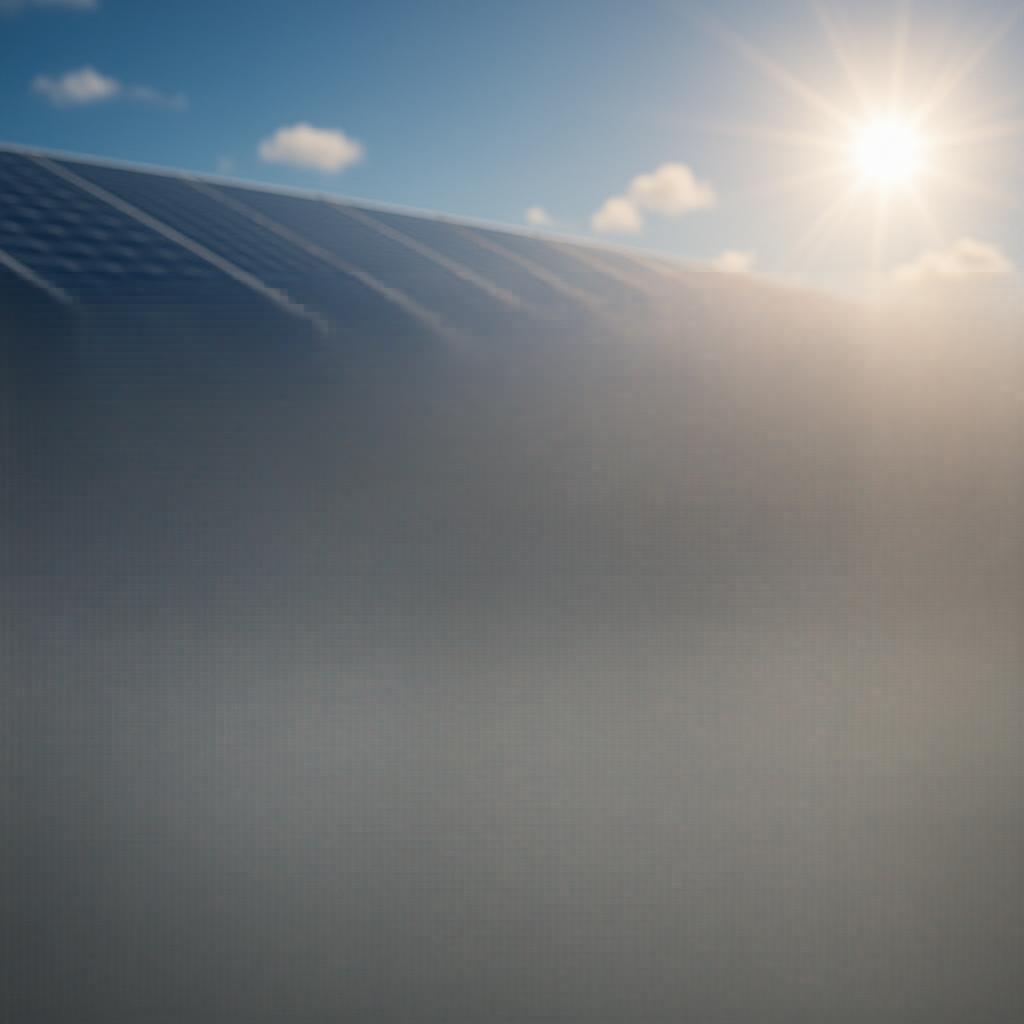The Future of Solar Panel Efficiency: Breaking New Limits
Solar energy has emerged as one of the most promising solutions for sustainable power generation. As the demand for clean energy grows, manufacturers and researchers continue to push the boundaries of solar panel efficiency. The efficiency of solar panels has improved significantly over the years, moving from around 15% efficiency in older models to modern panels exceeding 23%. With advancements in N-type cell technology, solar panels are reaching unprecedented performance levels, revolutionizing the renewable energy landscape.
In this article, we’ll explore how solar panel efficiency has evolved, the technologies driving these advancements, the leading manufacturers shaping the future, and the next big innovations in solar energy.
Understanding Solar Panel Efficiency
Solar panel efficiency refers to the percentage of sunlight converted into usable electricity. Higher efficiency panels can generate more power using the same amount of sunlight, making them ideal for residential, commercial, and industrial applications.
Historically, solar panels ranged between 14% to 16% efficiency, but continuous technological advancements have led to modern panels exceeding 23% efficiency. This drastic improvement is largely due to innovative manufacturing techniques, enhanced materials, and breakthroughs in solar cell design.
Advanced Solar Panel Technologies
The latest advancements in solar panel efficiency are driven by N-type solar cells, which have proven to be more efficient and durable than conventional P-type cells. Several key technologies have emerged to improve solar panel performance:
1. Heterojunction Technology (HJT)
Heterojunction technology combines crystalline silicon with thin layers of amorphous silicon, allowing solar panels to capture and convert more sunlight into energy. HJT cells offer high efficiency and superior temperature stability, making them a preferred choice for high-performance solar modules.
2. TOPcon (Tunnel Oxide Passivated Contact)
TOPcon technology enhances electrical conductivity while minimizing energy losses. This improvement allows solar cells to achieve higher efficiency levels by optimizing the way sunlight interacts with the silicon layers.
3. Back-Contact (IBC) Solar Cells
Interdigitated Back Contact (IBC) solar cells remove front-side gridlines, reducing light obstructions and maximizing sunlight absorption. This unique design increases power output and ensures higher efficiency rates.
Thanks to these groundbreaking technologies, modern solar panels are now surpassing 24% efficiency, making solar energy more viable and cost-effective.
Industry Leaders Driving Innovation
Several manufacturers are leading the charge in solar panel efficiency, developing panels that set new industry benchmarks. Among them, Aiko Solar and Longi stand out as pioneers of high-performance solar modules.
Aiko Solar – Neostar 2P Series
Aiko Solar’s Neostar 2P Series currently holds the record for high-efficiency solar panels, achieving 24.3% efficiency. By incorporating N-type cell technology, these panels maximize power output while maintaining durability and long-term stability.
Longi – Hi-MO X10 Series
Longi, a globally recognized solar panel manufacturer, is expected to release its Hi-MO X10 Series in 2025, reaching an estimated 24.7% efficiency. This upcoming panel is designed to improve performance, lower degradation rates, and enhance long-term energy production.
The Future of Solar Panel Efficiency
The advancements in solar panel technology show no signs of slowing down. In fact, the industry is on the brink of another major breakthrough with the introduction of the Neostar Infinite Series, set to launch in late 2025.
Neostar Infinite Series – 25% Efficiency
Aiko Solar has announced that its Neostar Infinite Series will reach 25% efficiency, making it one of the most advanced solar panels on the market. This milestone reflects the ongoing commitment of manufacturers to enhance solar technology, making renewable energy more accessible and efficient for consumers.
With solar panels surpassing 25% efficiency, homeowners and businesses can expect higher energy yields, reduced costs, and greater sustainability in the years ahead.
Why Solar Panel Efficiency Matters
Investing in high-efficiency solar panels offers several advantages:
- Maximizing Energy Production – More efficient panels generate more electricity per square meter, making them ideal for rooftops and limited space installations.
- Reducing Costs – Higher efficiency means fewer panels are required to achieve the same energy output, leading to cost savings on materials and installation.
- Enhancing Sustainability – Improved efficiency contributes to a cleaner energy future by increasing solar adoption and reducing reliance on fossil fuels.
Conclusion
The evolution of solar panel efficiency is transforming the renewable energy landscape. With N-type cell technology, HJT, TOPcon, and IBC solar cells, modern panels are reaching record-breaking performance levels. Industry leaders like Aiko Solar and Longi are setting new standards, paving the way for solar energy to become even more efficient and accessible.
As manufacturers prepare to launch solar panels with 25% efficiency, the future of solar technology looks brighter than ever. The continuous push for higher efficiency ensures that solar power remains a leading clean energy solution for generations to come.

